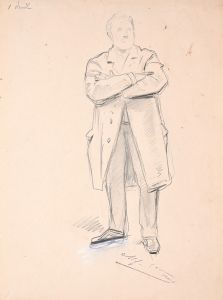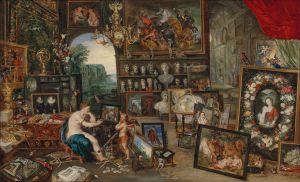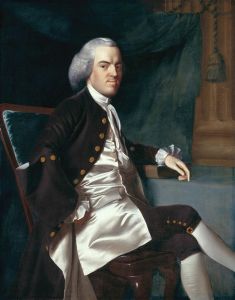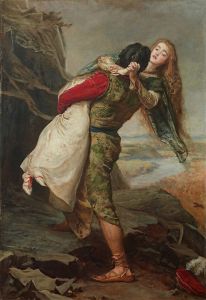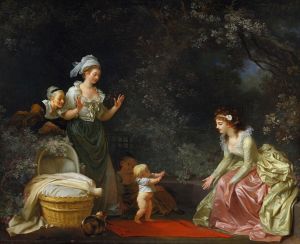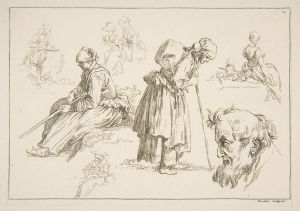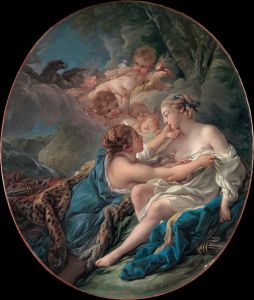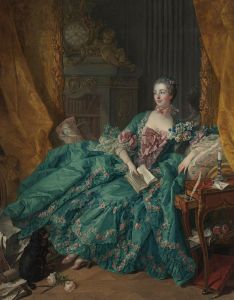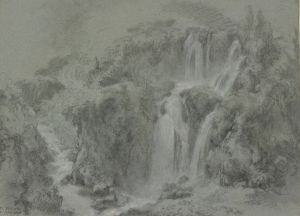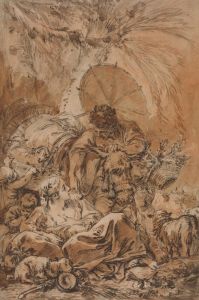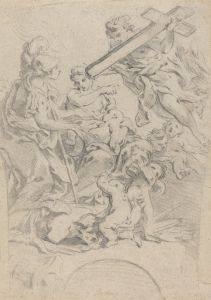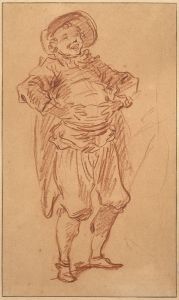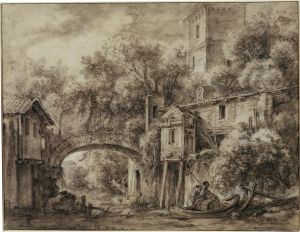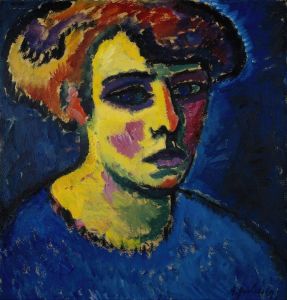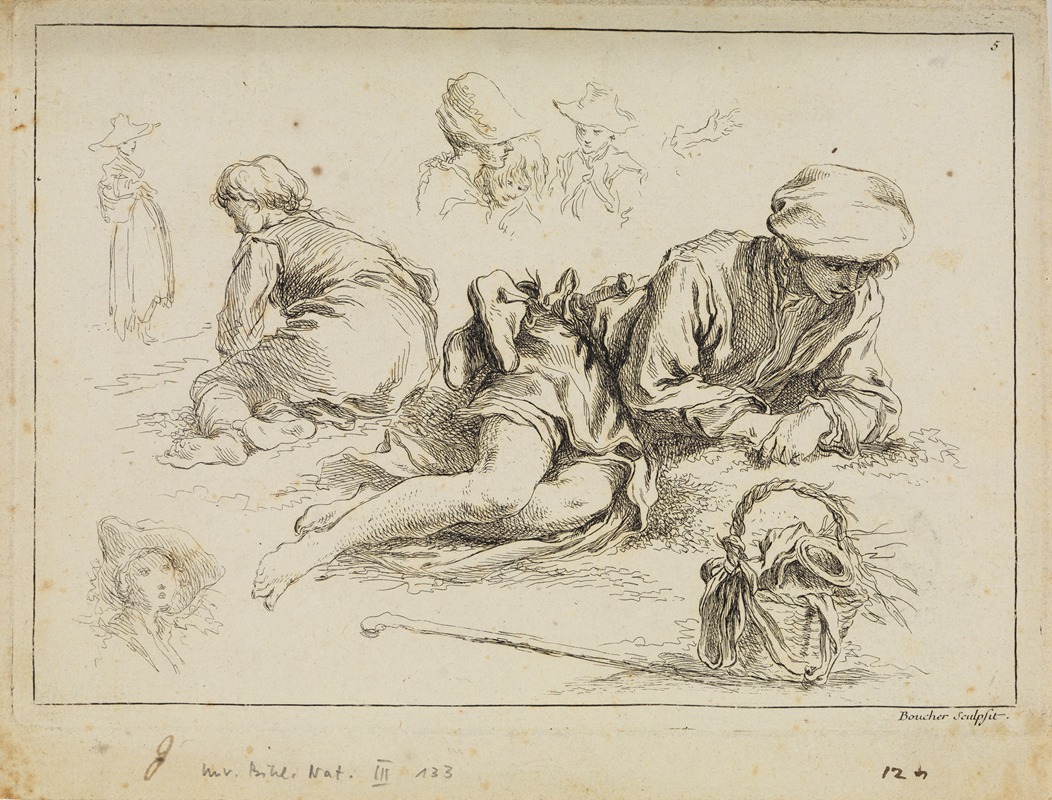
Figure studies
A hand-painted replica of François Boucher’s masterpiece Figure studies, meticulously crafted by professional artists to capture the true essence of the original. Each piece is created with museum-quality canvas and rare mineral pigments, carefully painted by experienced artists with delicate brushstrokes and rich, layered colors to perfectly recreate the texture of the original artwork. Unlike machine-printed reproductions, this hand-painted version brings the painting to life, infused with the artist’s emotions and skill in every stroke. Whether for personal collection or home decoration, it instantly elevates the artistic atmosphere of any space.
François Boucher (1703-1770) was a prominent French painter, draughtsman, and etcher, known for his Rococo style that often depicted idyllic and voluptuous scenes with a playful and light-hearted touch. One of his notable works is "Figure Studies," which exemplifies his skill in capturing the human form with grace and elegance.
"Figure Studies" by François Boucher is a drawing that showcases his mastery in rendering the human anatomy through a series of detailed sketches. These studies were likely created as preparatory works for his larger paintings or as exercises to refine his technique. Boucher's figure studies are characterized by their fluid lines, delicate shading, and the dynamic poses of the subjects, which reflect his deep understanding of movement and form.
Boucher's approach to figure studies was influenced by his training and the artistic traditions of his time. He studied under the painter François Lemoyne and was heavily inspired by the works of Peter Paul Rubens and the Italian Baroque artists. This influence is evident in the lively and expressive quality of his drawings. Boucher's figure studies often feature both male and female nudes, capturing the subtleties of the human body with a sense of naturalism and sensuality.
The purpose of these studies was multifaceted. They served as a foundation for Boucher's compositions, allowing him to experiment with different poses and arrangements before committing to a final piece. Additionally, these drawings were a testament to his dedication to the academic practice of life drawing, which was considered essential for any serious artist of the period. Boucher's figure studies were not only practical tools but also works of art in their own right, admired for their technical proficiency and aesthetic appeal.
Boucher's figure studies also reflect the broader cultural and artistic context of 18th-century France. The Rococo movement, with which Boucher is closely associated, emphasized themes of romance, mythology, and the pleasures of life. His figure studies often depict mythological subjects or allegorical figures, embodying the playful and decorative spirit of the Rococo era. These drawings were part of a larger trend among artists of the time to explore the beauty and complexity of the human form.
In addition to their artistic value, Boucher's figure studies provide insight into his creative process. They reveal how he developed his ideas and compositions, starting with preliminary sketches and gradually refining them into finished works. The spontaneity and immediacy of these studies offer a glimpse into the artist's hand at work, capturing the essence of his subjects with a few deft strokes.
Overall, "Figure Studies" by François Boucher is a testament to the artist's skill and his contribution to the Rococo movement. These drawings highlight his ability to combine technical precision with a sense of elegance and charm, making them enduring examples of 18th-century French art. Boucher's figure studies continue to be appreciated for their beauty and their role in the development of his larger body of work.





